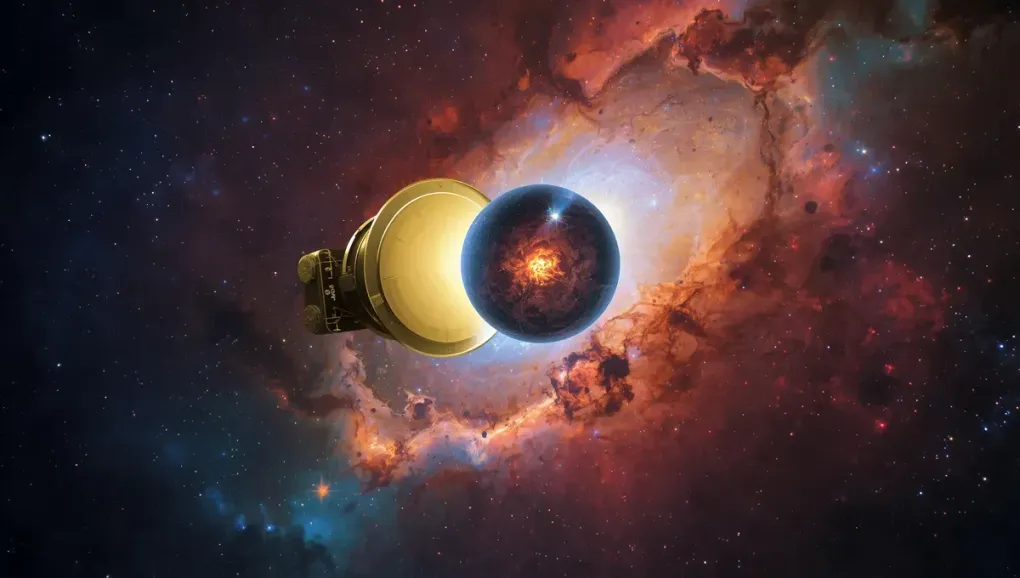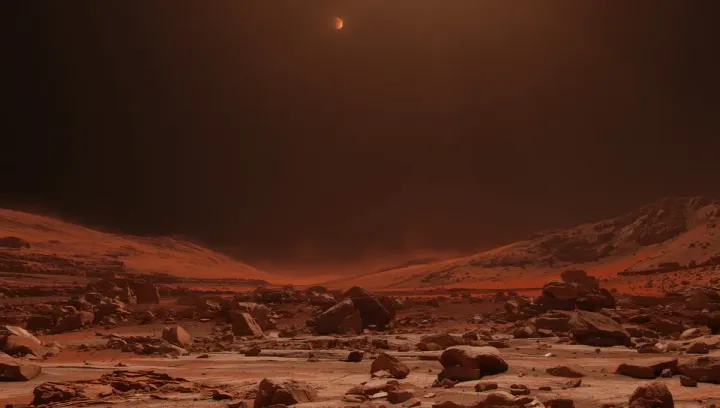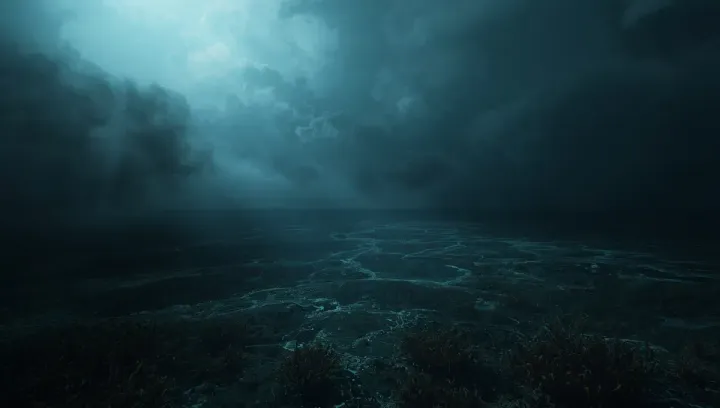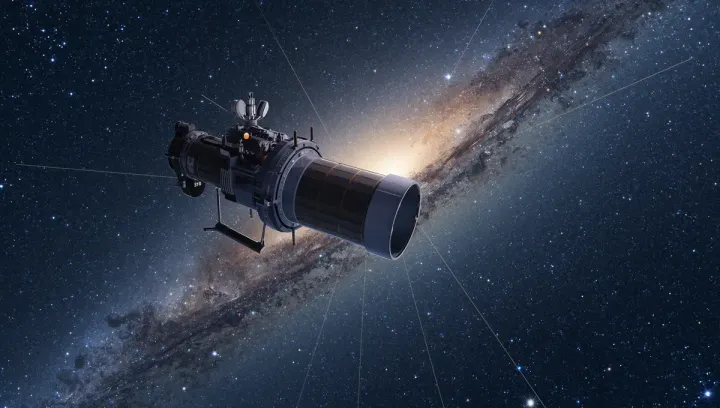
A Nursery of Worlds Unlike Our Own: Webb Finds a Planet-Forming Disk Flooded with CO2
The James Webb Space Telescope has once again challenged our understanding of planet formation. Astronomers have discovered a planet-forming disk in the star-forming region NGC 6357 that is shockingly rich in carbon dioxide and almost completely devoid of water. This is a stark contrast to the water-vapor-rich environments we typically observe and thought were necessary for creating worlds like Earth. The discovery suggests that the harsh radiation of massive nearby stars can fundamentally alter the chemical building blocks of planets, potentially leading to the formation of exotic carbon-rich worlds. This post explores the stunning discovery and its implications for the diversity of planets in our galaxy.
### A Chemical Anomaly in a Violent Nursery
The discovery was made in the massive star-forming region NGC 6357, located approximately 5,300 light-years away. In typical models of planet formation, scientists expect to see pebbles rich in water ice drift from the cold outer parts of a protoplanetary disk toward the warmer inner regions. As they get closer to the young star, the ice sublimates, creating a strong signature of water vapor in the zone where rocky planets like Earth are expected to form.
### A Spectrum Dominated by CO2
When astronomers from the eXtreme Ultraviolet Environments (XUE) collaboration pointed the JWST’s Mid-Infrared Instrument (MIRI) at a disk in this region, they were stunned. Instead of the expected signature of water, the spectrum was overwhelmingly dominated by carbon dioxide. Water was so scarce it was barely detectable.
“Unlike most nearby planet-forming disks, where water vapor dominates the inner regions, this disk is surprisingly rich in carbon dioxide,” said Jenny Frediani of Stockholm University, who led the study. This finding directly challenges standard models of the chemistry that occurs during planetary birth.
### The Culprit: Intense Ultraviolet Radiation
The leading hypothesis is that the extreme environment is to blame. Massive star-forming regions like NGC 6357 are flooded with intense ultraviolet (UV) radiation from the central star and its massive neighbors. This high-energy radiation is powerful enough to break apart water (H2O) molecules, effectively destroying them in the inner disk. Carbon dioxide (CO2), being a more robust molecule, can better withstand this harsh radiation, leading to its high concentration.
This suggests that the environment a star is born in can have a profound impact on the raw materials available to form planets. Worlds born in these violent nurseries may have vastly different compositions from those formed in quieter, more isolated regions.
### A Link to Our Own Past?
Adding another layer of intrigue, the team also detected rare isotopic variants of carbon dioxide (containing carbon-13 or oxygen-18). These isotopic fingerprints are fascinating because similar unusual ratios are found in ancient meteorites and comets within our own Solar System. The data from this distant disk could provide crucial clues to understanding the chemical history and origins of the very objects that helped shape our own planetary neighborhood.
This discovery showcases the incredible power of the JWST to peer into these dust-enshrouded environments, revealing that the building blocks of planets are far more diverse and environmentally dependent than we ever imagined.
Primary Source: The study “XUE: The CO2-rich terrestrial planet-forming region of an externally irradiated Herbig disk” was published in Astronomy & Astrophysics. DOI: 10.1051/0004-6361/202555718


